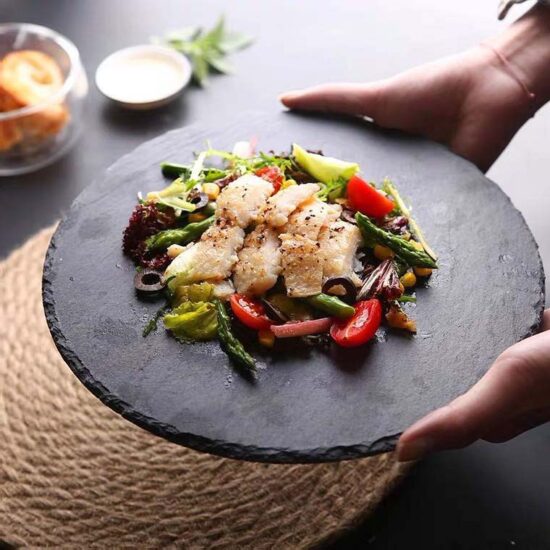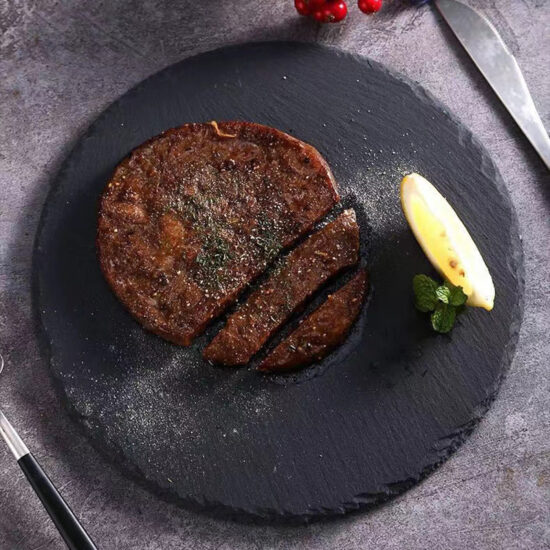bob@nbdho.com
How High-Temperature Firing Enhances the Quality of Ceramic Plates
How High-Temperature Firing Affects the Quality of Ceramic Plates
Introduction
Firing is one of the most critical stages in ceramic plate manufacturing. The firing temperature not only determines the final strength and density of the ceramic but also influences its color, glaze finish, and long-term durability. For high-quality ceramic plates, high-temperature firing (typically 1200°C–1350°C or 2190°F–2460°F) plays a vital role. In this article, we explore how this process enhances the quality and performance of ceramic plates.
1. What is High-Temperature Firing?
High-temperature firing refers to the second, and often final, kiln firing where ceramic ware is heated to very high temperatures—usually over 1200°C.
-
For stoneware and porcelain plates, this is essential to achieve vitrification.
-
The process transforms the clay body into a dense, glass-like structure.
-
It also fuses the glaze permanently to the ceramic surface, creating a smooth, non-porous finish.
2. Key Effects on Ceramic Plate Quality
✅ A. Increased Strength and Durability
-
High temperatures cause particles within the clay body to fuse, a process known as sintering.
-
The result is a tougher, chip-resistant plate that can withstand daily use in homes or restaurants.
-
This makes it ideal for commercial-grade tableware.
✅ B. Improved Glaze Finish
-
Glazes mature at specific temperatures. When fired correctly, they become smooth, glossy, and durable.
-
High-temp firing enhances color richness, surface consistency, and prevents defects like crawling or pinholing.
✅ C. Lower Water Absorption Rate
-
Proper vitrification means the ceramic body becomes non-porous, with a water absorption rate under 0.5%.
-
This is essential for food safety and hygiene, especially in humid or high-use environments.
✅ D. Better Thermal Shock Resistance
-
High-fired ceramics handle sudden temperature changes more effectively.
-
This means plates can go from oven to table—or from dishwasher to cold storage—with less risk of cracking.
3. Materials Suitable for High-Temperature Firing
Not all ceramic bodies can withstand high firing. Suitable materials include:
-
Porcelain: Naturally high firing; becomes translucent and ultra-strong
-
Stoneware: Dense and highly durable after firing
-
Certain glaze types: Especially those formulated to mature at cone 6–10 (1200–1300°C)
Low-fired earthenware ceramics (fired below 1100°C) are softer, more porous, and less suitable for high-performance tableware.
4. Impact on Product Categories
| Plate Type | Firing Temperature | Final Properties |
|---|---|---|
| Porcelain Plates | 1250–1350°C | Smooth, hard, translucent, high-end quality |
| Stoneware Plates | 1200–1300°C | Dense, strong, rustic or modern look |
| Earthenware Plates | 1000–1100°C | Softer, porous, more decorative than durable |
High-fired porcelain and stoneware are often preferred for:
-
Restaurants and hotels
-
Dishwasher- and microwave-safe use
-
Export to regions with strict quality standards
5. Considerations for Manufacturers
-
Kiln selection: Industrial high-temp kilns must maintain consistent, even heat
-
Energy use: High firing consumes more energy but offers longer-lasting results
-
Shrinkage and warping control: Proper drying and clay body formulation are essential to minimize deformation
Conclusion
High-temperature firing is a key factor in producing premium-quality ceramic plates that meet the demands of both everyday users and commercial clients. From enhanced strength and thermal resistance to improved hygiene and glaze beauty, this process ensures that ceramic plates not only look good—but also perform exceptionally well over time.
If you’re sourcing ceramic plates for wholesale, custom branding, or hospitality projects, make sure to ask your supplier about their firing standards. It could make all the difference in product performance.

